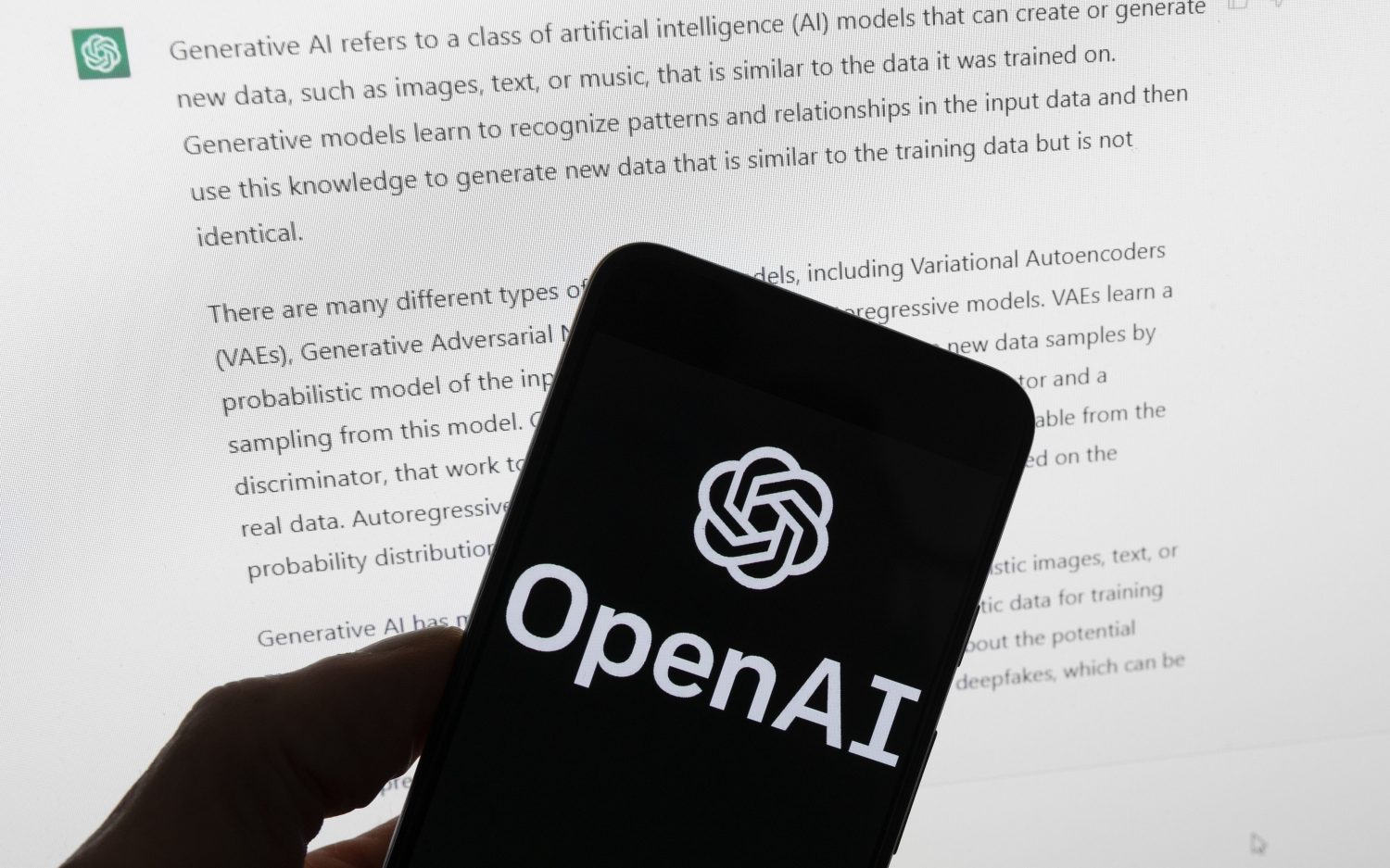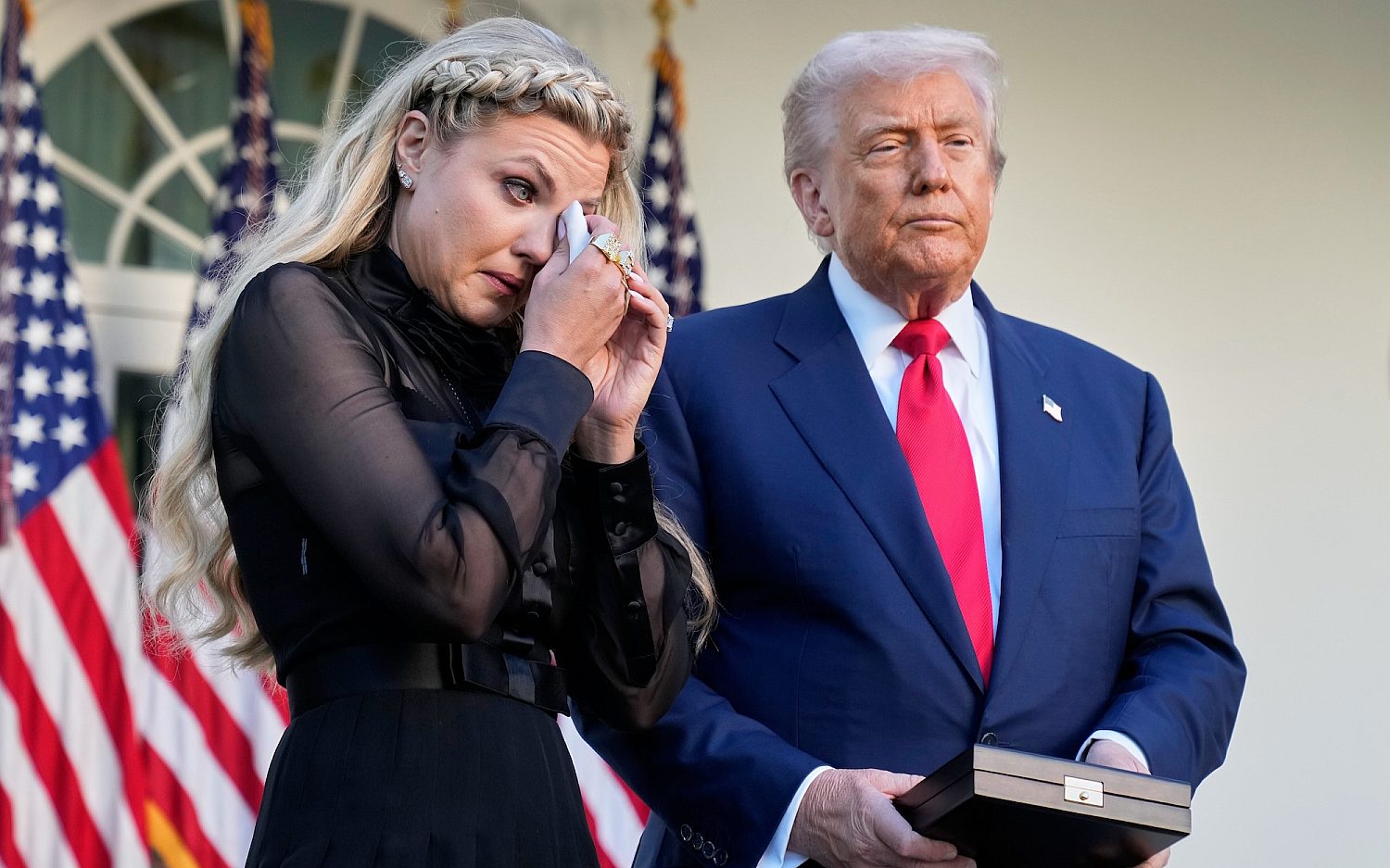With breakthrough, parents can finally hug and kiss their 'bubble babies'
Researchers have cured 18 babies of “bubble baby” disease, a rare, life-threatening genetic disorder in which a person has no functional immune system.
Babies born with the disorder, technically called adenosine deaminase-deficient severe combined immunodeficiency, or ADA-deficient SCID, lack the enzyme essential to produce healthy white blood cells needed for a normal immune system. These children cannot fight off even mild, common infections; a cold can be fatal.
Most babies with ADA-deficient SCID will not live beyond their first birthdays without treatment. Even with treatment, they usually live short lives, isolated in tightly controlled environments to prevent exposure to germs. The term “bubble baby” was coined when David Vetter, a boy born with SCID in Texas in 1971, gained worldwide attention. Vetter spent his entire 12 years of life inside a specially designed, sterile plastic bubble.
Now researchers at UCLA believe they have a cure. The researchers removed blood stem cells from the bone marrow of the 18 babies included in the study and inserted a corrected gene that produces ADA. They then transplanted the modified stem cells back into the babies’ blood, where they produced T-cells capable of fighting infection. Because stem cells self-renew, they repopulated the blood stream, enabling the children to develop their own new, fully functioning immune systems. The treatment process took about seven weeks. All 18 of the patients, who ranged in age from 3 months to 4 years at the time of treatment, appear cured.
“We were very happy that over the course of several clinical trials and after making refinements and improvement to the treatment protocol, we are now able to provide a cure for babies with this devastating disease using the child’s own cells,” said Donald Kohn, the UCLA stem-cell researcher who developed the treatment.
Until now, the only treatment options available have been fraught with difficulties. Physicians have treated some children with ADA injections twice a week, but the shots are expensive and often do not boost the immune system to optimal levels. Bone-marrow transplants are the most common treatment, but perfect matches are hard to find. Even when using bone marrow from siblings or parents, the child’s body often rejects the transplanted cells. Kohn’s method presents no problem with rejection because the transplant uses the baby’s own cells.
A genetic-modification technique developed in 2000 provided SCID children with a functional immune system, but clinical trials were stopped when a significant number of treated children subsequently developed leukemia. To date, none of the 18 babies in the UCLA research have experienced any side effects.
Prior to treatment with Kohn’s stem-cell gene therapy, Evangelina, one of the 18 babies in the study, was kept at home in isolation. Only immediate family could visit her, and they had to shower just prior to holding her and wear a mask and gown. Now, she leads a normal life.
“To finally kiss your child on the lips, to hold her, it is impossible to describe what a gift that is,” Evangelina’s mother, Alysia Padilla-Vaccaro, said.
The researchers will seek approval from the Food and Drug Administration. They plan to begin testing the gene therapy to treat sickle-cell disease, too. Clinical trials are set to begin in 2015.
An actual newsletter worth subscribing to instead of just a collection of links. —Adam
Sign up to receive The Sift email newsletter each weekday morning for the latest headlines from WORLD’s breaking news team.





Please wait while we load the latest comments...
Comments
Please register, subscribe, or log in to comment on this article.